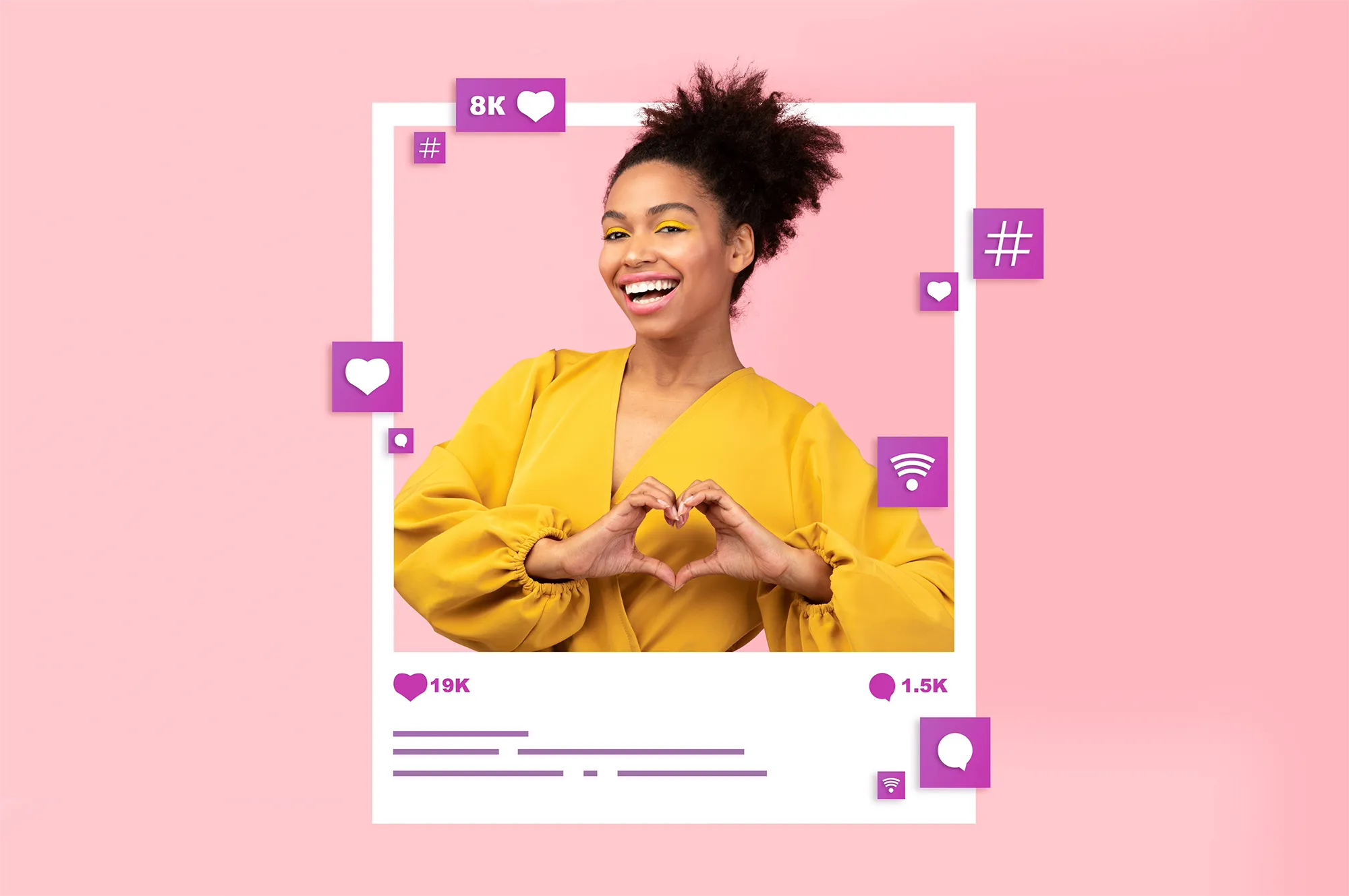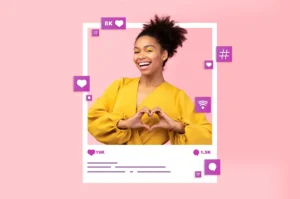
Why Your Social Media Strategy Must Be Platform-Specific

In today’s fast-moving digital world, social media is an essential tool for building brands, driving engagement, and connecting with your audience. However, one of the most common mistakes businesses make is using the same content across all platforms.
What works brilliantly on Instagram might completely miss the mark on LinkedIn, and a TikTok trend probably won’t resonate on Facebook.
So, why does every platform need its own strategy? Let’s explore.
1. Every Social Media Platform Has a Unique Audience
Each platform attracts different demographics and serves a specific purpose. For example:
- Instagram focuses on visual storytelling with images and Reels.
- LinkedIn is a professional space for networking, thought leadership, and industry insights.
- TikTok thrives on short, creative videos and trending sounds.
- Facebook emphasises community building and a mix of content formats.
Posting the same content everywhere ignores these differences and risks alienating your audience.
2. Content Formats Differ Across Platforms
Each platform rewards different types of content:
- Instagram loves high-quality visuals and short videos.
- TikTok pushes quick, trend-driven clips.
- LinkedIn values long-form professional posts and articles.
- X (formerly Twitter) prioritises real-time conversations and short updates.
Rather than copy-pasting content, repurpose it. For example, one blog post could become:
- An Instagram carousel
- A TikTok quick tip video
- A LinkedIn article
- A Twitter thread
This ensures your message stays consistent while adapting to the platform’s style.
3. User Intent Drives Engagement
People use platforms for different reasons:
- Instagram users want inspiration and lifestyle content.
- LinkedIn users seek career development and professional insights.
- Pinterest users look for ideas they can act on immediately.
Your content should align with these expectations. A light-hearted meme works well on Instagram but could seem unprofessional on LinkedIn.
4. Algorithms Differ on Every Platform
Each social media platform has its own algorithm:
- Instagram prioritises engagement and consistency.
- LinkedIn rewards conversation and valuable insights.
- TikTok focuses on watch time and trending content.
- Facebook values community-driven interactions.
Understanding what each platform rewards is key to maximising reach and visibility.
5. Best Practices for Multi-Platform Success
- Know your audience: Understand who uses each platform and why.
- Customise content: Adjust tone, visuals, and messaging to suit each platform’s culture.
- Use platform features: Instagram Stories, LinkedIn Articles, TikTok trends, and Facebook Groups all help boost engagement.
- Repurpose smartly: A single idea can be adapted in multiple formats—just make sure it fits the platform.
- Track performance: Monitor analytics and refine your strategy based on what works.
Final Thoughts
Social media is not one-size-fits-all. To succeed, you need a platform-specific social media strategy. Tailoring your content for each network’s audience and algorithm will help you boost engagement, increase reach, and build stronger relationships with your followers.
Ready to elevate your social media presence? Start by understanding your platforms and creating content that truly resonates!



